A small compact plant Levisia is widely cultivated in the open field. And gardeners fell in love with it for its spectacular abundant flowering. Despite the fact that the Levisia bushes are undersized, when grown in the garden, they stand out clearly against the background of other horticultural crops. They can become the main decoration of any garden plot, especially during the flowering period.
Content
Features of levisia
The low-growing perennial plant Levisia is a succulent, and it belongs to the Montiev family. Under natural conditions, this adorable flower, whose height is no more than 0.3 meters, can be found only in North America. Most often, Levisia is found on crushed soils and rocky slopes at an altitude of more than 800 meters above sea level.
Small nodules form on the powerful root system. The bush firmly clings to the soil with its roots, trying to grow into it as deeply as possible. This evergreen plant is distinguished by its thermophilicity and demanding growing conditions. Particular attention should be paid to soil moisture levels. If the soil is excessively dry, it can lead to massive foliage flying. But the stagnation of liquid in the ground can cause the death of this succulent.
In autumn and spring, Levisia bushes adorn spectacular green leaf plates. In April or May, numerous flowers of a rich color appear on them. Such a perennial fades in the last days of September.
Levizia has a rounded leaf rosette, the diameter of which can vary from 0.3 to 0.4 m. The shape of the leaf plates is lanceolate or oval-elongated. They are fleshy, leathery to the touch and firm. The leaf surface is smooth and dark green in color.
During flowering, an erect peduncle rises above the leaf rosette, the length of which can vary from 15 to 20 centimeters. Several large flowers open at the top of the peduncle. In comparison with a bush, the flowers of Levisia are incredibly large. In diameter, each of them can reach up to 50 mm. Narrow (up to 0.5 cm wide) with a torn edge, the petals are pointed at the top, and in length they reach about 20 mm. Flowers can be painted in various shades: pink, lilac, red or yellow shade is effectively combined with white. The core of the flowers is colored yellow, it has a central pistil and several stamens on long legs. When the flowers wilt, a rounded fruit forms, reaching about 0.4 cm in diameter.
Levisia care
Levisia requires special growing conditions and proper care. Only in this case will it actively grow and bloom magnificently.
Watering
Watering should be moderate and systematic. This flower tolerates a short drought quite easily, but the stagnation of liquid in the roots can destroy it. In nature, Levisia grows very long roots, with which it obtains moisture for itself even during a prolonged drought.
Water is poured directly under the root, avoiding it getting on flowers and foliage. During prolonged rains, the bushes should be covered with a transparent cap on top.
Top dressing
The plant requires no more than two dressings per season. In this case, organic matter and mineral fertilizers are used alternately.
Suitable soil
When choosing a soil suitable for planting this perennial, you should consider:
- the presence of a drainage layer, the thickness of which should be about half a meter;
- the soil must be acidic;
- the soil should include peat, humus, sand, gravel and cow dung.
Take care that moisture does not stagnate in the soil, while taking into account that low-lying areas are not suitable for the plant. After planting the levisia in the ground, its root collar is sprinkled around with pebbles or gravel, which will help to protect it from waterlogging.
Pruning
While the bush is blooming, it should never be cut off. At the end of flowering, carefully cut off the peduncles, but only after they are completely dry. Moreover, they need to be cut, not pulled out.
Wintering
Those varieties and types of levizia that are adapted for growing in the middle lane must be well covered for the winter. To do this, the bushes are covered with a layer of straw or loose leaves. At the very beginning of spring, in order to exclude waterlogging, each bush is tightly covered with a glass jar or container.
Diseases and pests
Pests
Growing outdoors, Levisia can suffer from aphids and slugs. To save her from slugs, they are collected by hand or special traps are made. To get rid of aphids, the foliage is washed with a solution of soap or infusion of garlic. In the event that traditional methods of pest control have shown low efficiency, then spray the flowers with an insecticidal preparation.
Diseases
The most dangerous for Levisia is gray rot. In a diseased plant, grayish-red spots appear on the foliage. If the bush was affected quite recently, then cut off all the diseased foliage from it, and then spray it with a fungicidal preparation. If the flower is very badly affected by the disease, then it is dug up and burned.
Planting and transplanting
Landing
In the garden, Levisia is cultivated as a perennial plant, and it can be grown for more than ten years in one area without transplanting. If it is grown at home, then in winter the bush is in a heated room, and in the warm season it is transferred to the garden or to the balcony.
A suitable outdoor location should only be illuminated by direct sunlight for a few hours a day, and the foot of large stones or boulders, as well as slopes, are perfect. At home, it is recommended to put the bush on the windowsill of either western or eastern orientation. From noon to evening, the plant needs diffused lighting.
Transfer
If you choose the most suitable site for growing this spectacular perennial, then it will not need a transplant for more than ten years. However, experts do not advise replanting levizia, even if necessary.
Reproduction methods
Growing from seeds
For sowing levizia, only freshly harvested seed material is used, since it loses germination very quickly. Dig up an area in the garden in advance and sow the seeds in late autumn. Then cover the bed surface with a thick layer of mulch (compost or peat).
The first seedlings should appear in the last days of March or the first ones in April. There are two ways to further grow seedlings:
- The grown seedlings should be cut down.
- Young plants are not touched throughout the year. The next spring, they are immediately transferred to their permanent place.
You can also grow levisia through seedlings. One month before sowing, the seed is placed on a refrigerator shelf. Sowing in boxes is carried out in the spring.
You can do it differently. Small containers are filled with loose, moist soil mixture, then levizia is sown. The seeds are covered with a thin layer of soil. The container is covered with glass from above. They put him in a cold place for a month. And after the first shoots appear on it, the container is rearranged to heat. Wait for the seedlings to form 2 or 3 true leaf plates.
Planting seedlings in the garden is carried out only when the threat of recurrent spring frosts has passed. A bush grown from a seed will please the gardener with flowers for the first time only in the second or third year of growth.


Watch this video on YouTube
Cuttings
In an adult plant, as it grows, lateral rosettes are formed, which do not have their own root system. If necessary, in the springtime, use a sharp knife to separate the outlet and plant it in poor soil in a not very large container. When 2 hours remain before planting the cutting, it is treated with a fungicidal preparation and an agent that stimulates root growth. Place the planted cuttings in a cool place where they should take root after a while. After the root system grows and gets stronger, the bushes can be planted in a permanent place.
Types of levisia with a photo
In nature, you can find only two dozen species of levisia. But thanks to breeding work, many hybrid garden forms were born. In mid-latitude gardens, it is the Levisia hybrids that are most often grown, which are distinguished by very spectacular flowering, as well as their demanding care and capriciousness. Depending on the shape or type, the flowers can be extremely unusual in color.
Levisia Constellation (Lewisia cotyledon)
This hybrid was created using blunt-leaved levisia. The flower petals of such a plant have a pinkish-orange color and a white border. This variety is very popular among gardeners and is one of the most highly decorative varieties.
Levisia cotyledon, or blunt-leaved
This species is widespread in culture and is distinguished by its availability. It is actively used by breeders to create decorative hybrid varieties. This species is a low-growing evergreen herb, the height of which is about 0.3 m. The length of green leaf plates varies from 3 to 15 centimeters; a pale red border runs along the jagged wavy edge. The foliage is part of the rosette, which is distinguished by its symmetry.
Flowering begins in May – June, at this time high flower stalks are formed on the bushes, in the upper parts of which a large number of buds are formed. During one season, from 8 to 15 peduncles can form on the bush. The opening of the buds occurs gradually, at a time no more than four flowers open on the peduncle. As a rule, the flowers of this species are colored pink. However, you can also meet such specimens, the flowers of which have a dark pink color or yellow blotches. The flower consists of no more than 15 petals, while it reaches about 25 mm in diameter.
Dwarf levisia (Lewisia pygmaea)
This species is most often cultivated in garden plots and alpine slides.In comparison with other species, it is quite unpretentious and does not require special care. That is why it is so popular with gardeners. This deciduous herbaceous plant blooms in April or May. At the tops of the peduncles, umbrellas are formed, consisting of seven flowers, each of which reaches about 30 mm in diameter. The petals are colored unevenly: their color gradually changes from tips to base from pink to white. Narrow long (up to 10 centimeters) leaf plates are painted green and outwardly very similar to the arrows of a decorative bow. It reproduces well by self-sowing, which allows them to rapidly recapture territory from other garden crops. In a faded bush, all the foliage flies around and at this time there is a dormant period. In autumn, after heavy rains, young foliage begins to grow near the bush.
Levisia nevadensis (Lewisia nevadensis)
This flower grows best in moist sandy soil that dries up in summer. In nature, this species is widespread in North America. Basal rosette consists of elongated green leaves, which are slightly curved. Bushes bloom in May, and bloom - at the end of summer. Flowers of medium size open only in sunny weather. They are painted white, and their stamens are yellowish-green. This species is very similar in appearance to the dwarf levisia, and it also needs to be looked after in the same way.
Levisia short-peel (Lewisia brachycalyx)
Arizona is believed to be the home of this deciduous herb, but it can also be found in Mexico and southern California. The length of the leaf plates is about 10 centimeters, there is a sharpness on the greenish-gray top. On a low peduncle, several flowers open at once, which reach about 20 mm in diameter. They are colored non-uniformly: from pale pink tips of petals to white or beige middle. The species blooms from March to June. The beginning of active growth of the bush occurs in autumn, while the plant comes to life after prolonged rains. The dormant period in this species begins immediately after it has faded and its seeds are fully ripe. At this time, the growth of the bush completely stops. This species differs from many others in that its flowers open in the daytime, regardless of the weather.
Renewed levisia (Lewisia rediviva)
This very rare species is a low-growing plant, the height of which, as a rule, does not exceed 50 mm. Peduncles only slightly rise above the bush, on their tops single flowers of pink or white color open, which reach about 50–70 mm in diameter. The opening of flowers is observed only on a sunny, cloudless day.
Lewisia tweedyi
The bush reaches a height of about 15 centimeters. In another way, this species is also called "flowering cabbage". This is due to the fact that the leaf plates of the flower are dense, fleshy and very wide, and they are painted in a rich green hue. In diameter, the flowers reach about 50 mm, they form on the tops of relatively long (about 20 centimeters) peduncles. Smooth petals can be pink, orange-yellow or red.
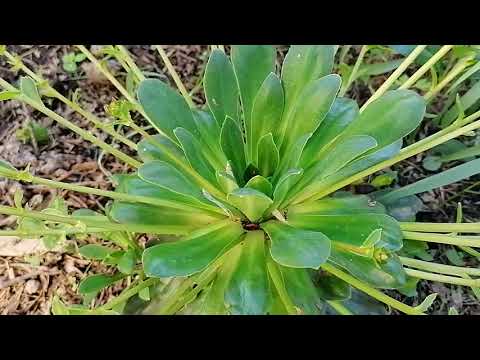

Watch this video on YouTube

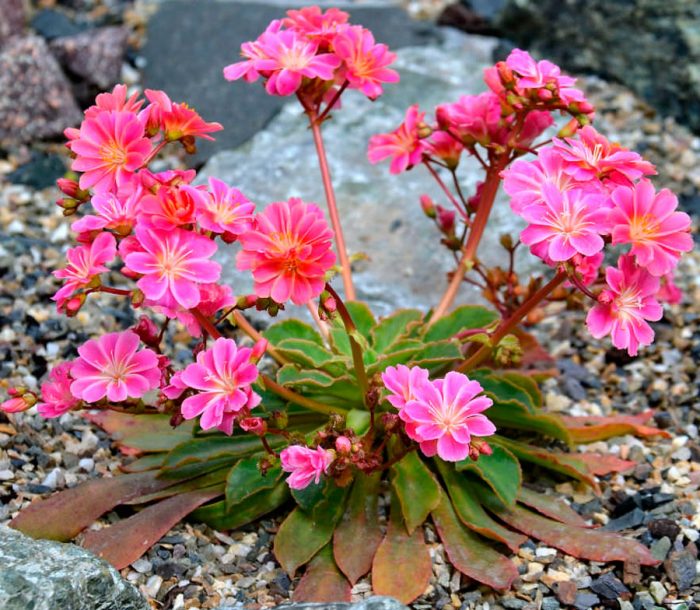


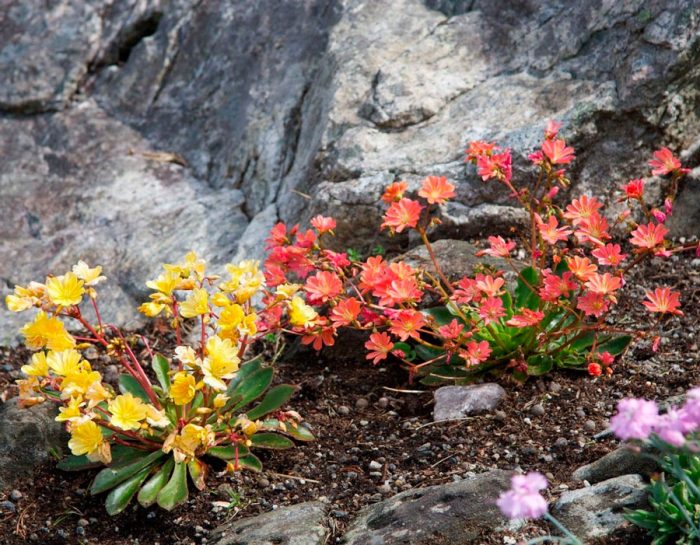

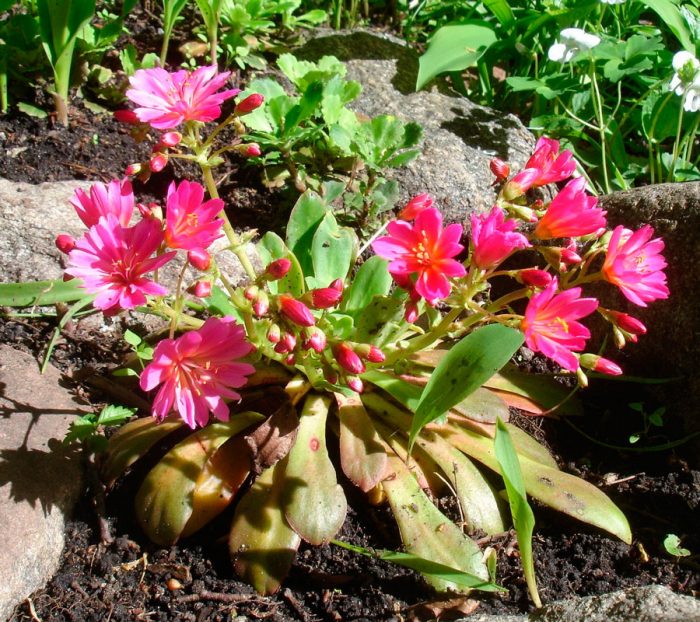

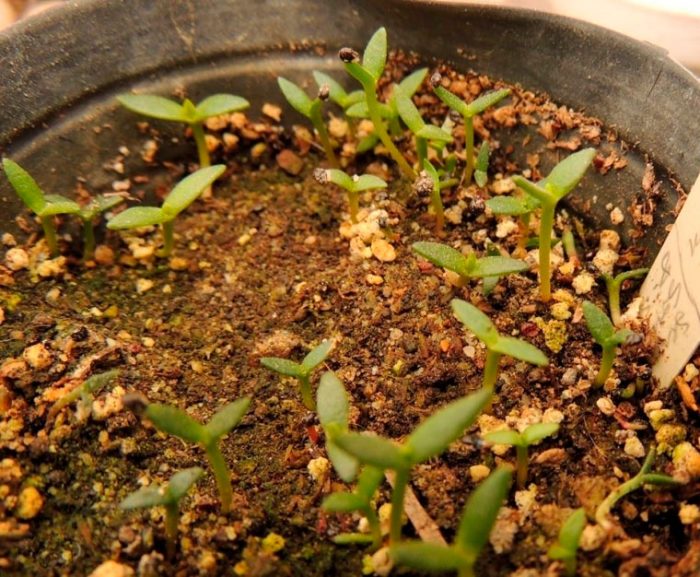


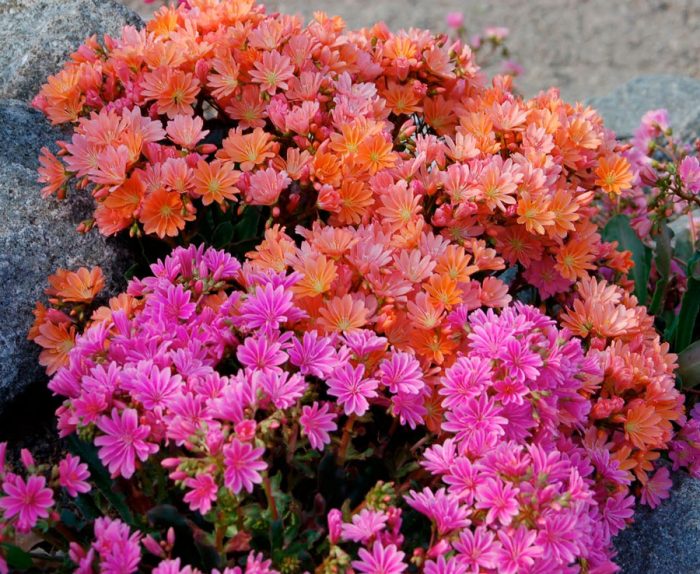

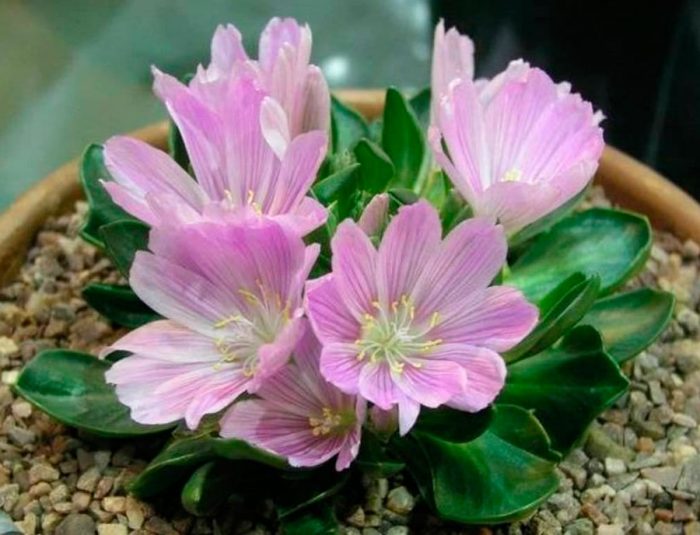
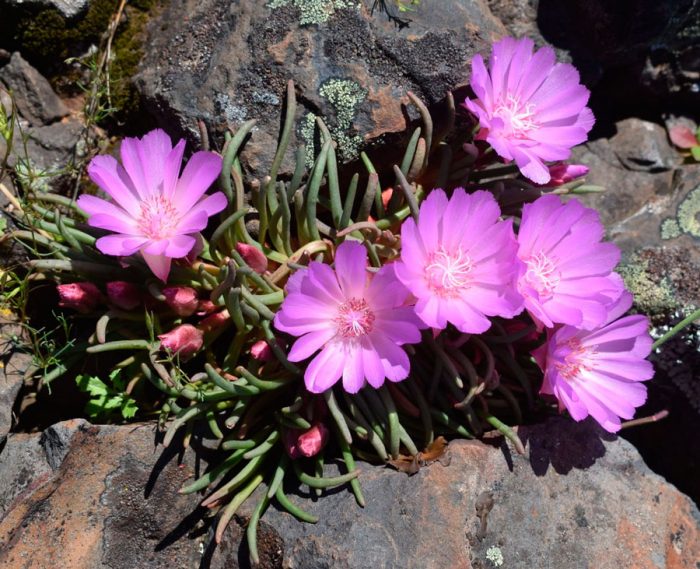
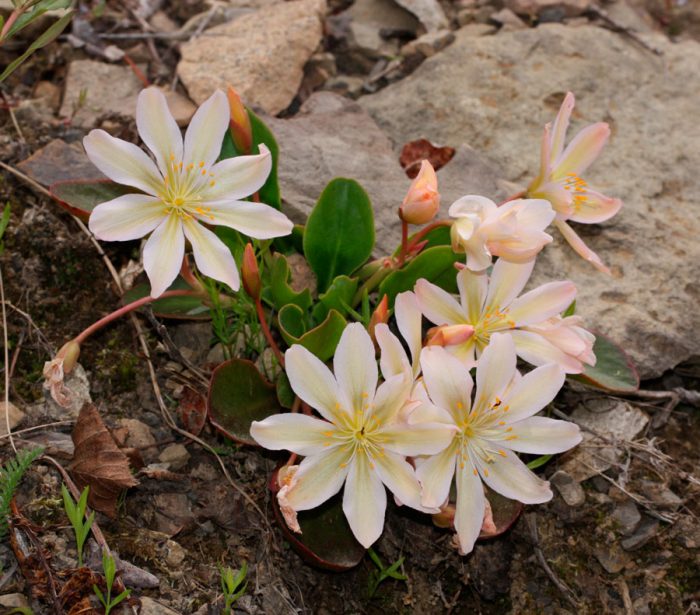
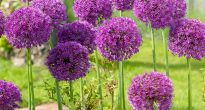


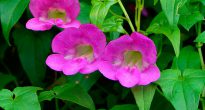






Thank. I liked the article. Very informative. I am pleasantly surprised that there are no spelling mistakes in the text (now this is a rarity). And advertising does not interfere. This is the fourth site for my request for levision. I didn’t even look through the first three: advertisements are intrusive like merchants in an oriental bazaar. Your site is made with respect for the readers. Well done! I will write you to my favorites.